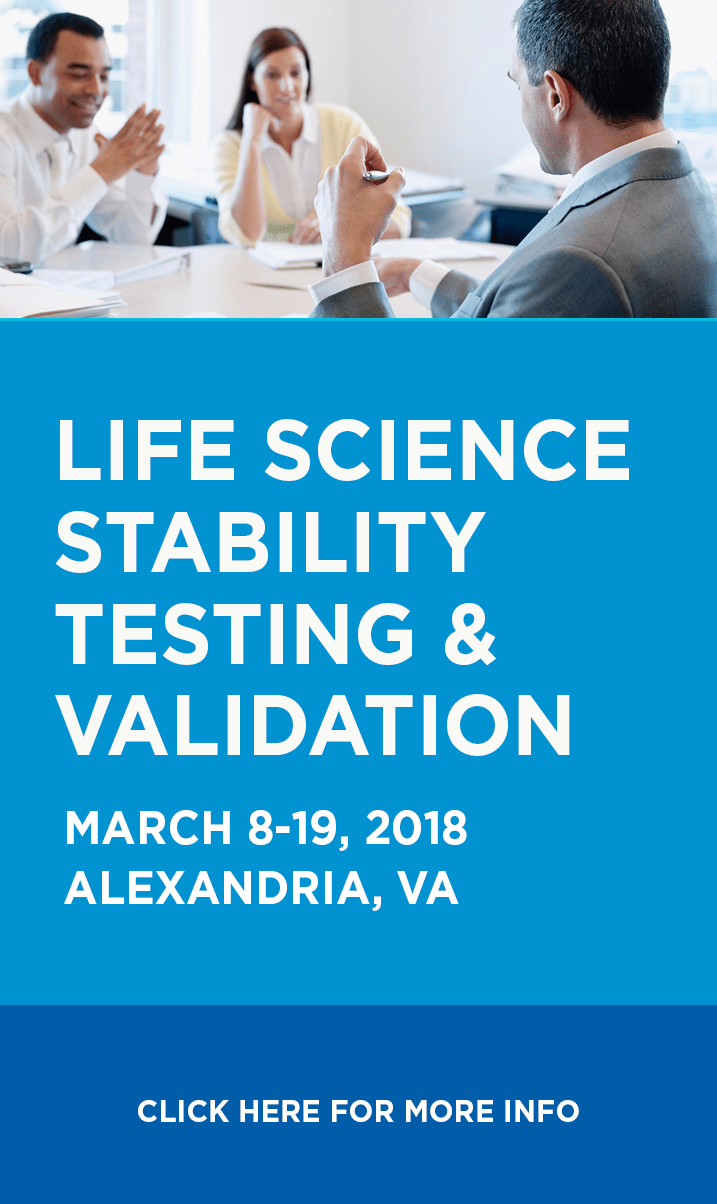Find What Works For You
Keeping Up with Technology in Stability TestingTechnology is always changing. From new cell phones that help you connect to rockets that go out in to the universe. Technology empowers people to be innovative and create the best results. Stability testing is no different. As technology evolves, stability testing professionals have to evolve with it. To learn about new technology in the industry, we spoke with Chis Latoz, Stability Manager at Hollister Incorporated. Hollister recently transitioned to a Laboratory Information Management System (LIMS) that worked the best for them. LIMS ensures comprehensive documentation, efficacy and quality of stability testing. The systems are able to provide efficient, real time data with audit trials, and include modern features with increased storage capabilities.
To start, we asked what the process was like prior to the new technology. “When our stability departments first started, everything was done in excel and as stability grew, we determined that the excel sheets weren’t cutting it,” he said. When they first heard about the LIMS software, they learned that they were very expensive and sophisticated software applications and they had a lot of options.
To help go through the contenders, they made a list of user requirement, must haves and nice to haves. “We initially talked about how we don’t need an enterprise wide LIMS but something that is more suitable for our stability applications,” he said. This helped them go through all of the vendors more efficiently. They could send the vendors their list of requirements, and if they couldn’t meet them, the vendor would be cut from the list.
“From setting user requirements to consultant to go live, took a little over 12 months,” says Latoz. We asked what would be his biggest piece of advice for a department that is looking to implement a LIMS. “The process can be overwhelming and there are a lot of vendors out there with different options and price points. The biggest thing would be to create that list of requirements. That will really help go through the options,” he says.
Latoz will be speaking at the first Life Science Stability Testing and Validation Conference on March 19-20. He says that his presentation will give a holistic and unbiased view of the process as opposed to a vendor pitch so new stability programs will be able to find a system that works best for them while maintaining compliance with regulatory authorities.
To learn more about his presentation and register for the conference, click here.






